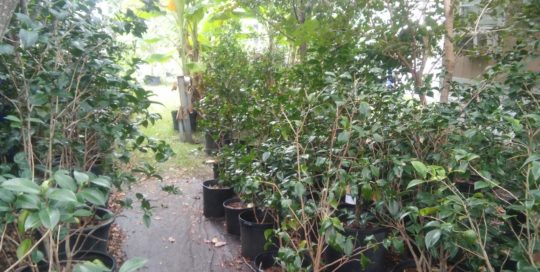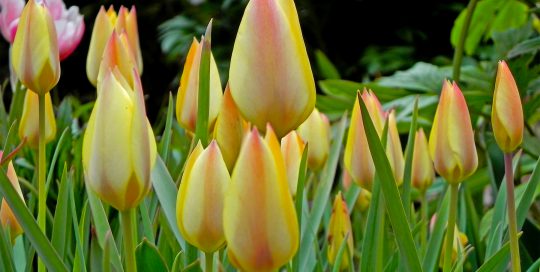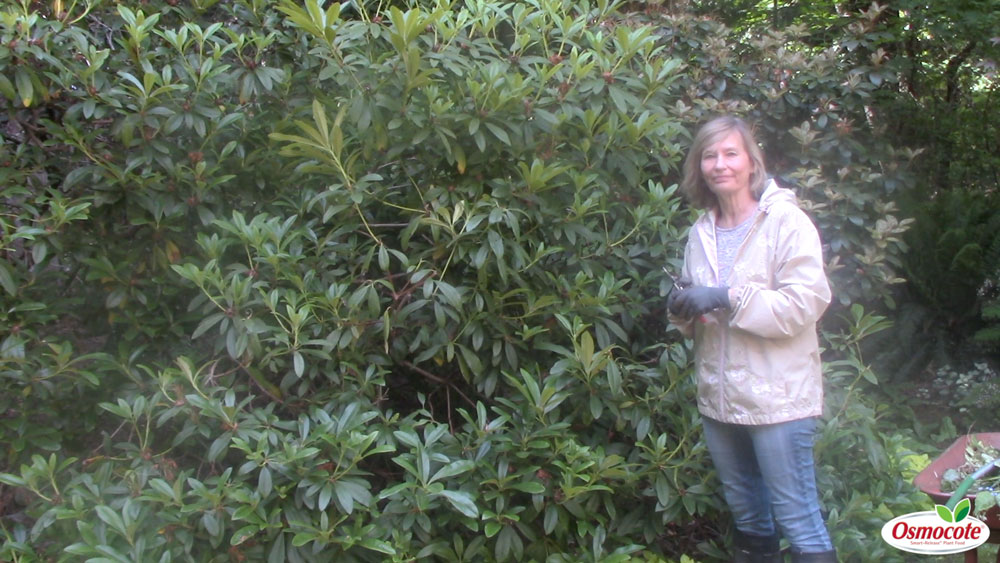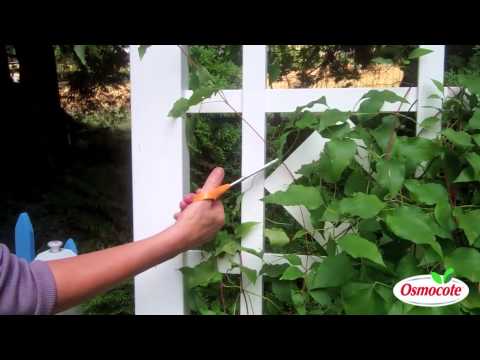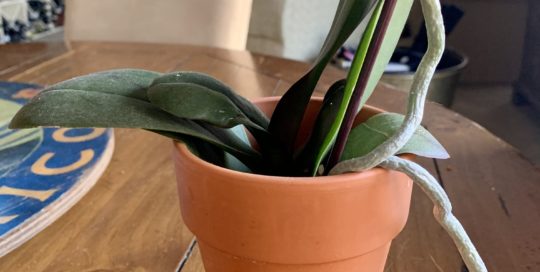Deadheading Flowers: How to get more blooms
By Nina Koziol
Stop the Takeover
Deadheading also prevents self-sowing, especially with plants that can be aggressive. Brazilian vervain (Verbena bonariensis) is an annual that loves to self-sow everywhere in our garden (except in places where I really want it to grow). This plant is a great pollinator magnet, attracting butterflies galore while in bloom. But once the flowers turn brown and dry, I clip off the seed heads and store them in a paper bag until I’m ready to plant them where I want them next spring.
Other aggressive self-sowers include goldenrod, garden phlox, Joe Pye weed, clustered bellflower (Campanula glomerata) and boneset (Eupatorium)—perennials that spread by roots and seeds. Deadheading helps me control these rambunctious plants.
Bloom & Bloom Again
I use all-purpose fertilizer granules when planting in spring—especially in my 50-plus containers. Later in the summer, I’ll use a water-soluble fertilizer—one that says 10-54-10 on the label—once every two weeks. That high middle number encourages flower formation and root development.
Fertilizing is especially important if you want big, beefy annuals, like zinnias, my favorite plant. I grow many of the taller varieties as well as the small compact Profusion and Zahara series. We enjoy the tall zinnias as cut flowers and as nectar sources for butterflies.
As soon as the flowers start to fade, I clip them off. That will give me crayon-colored zinnia flowers up until mid-October when we typically have the first fall frost. But don’t remove all of the flowers. Some seed heads will be left on the plants to dry before I pick them off and store them for use the following spring.
Another favorite daisy-like flower is Rudbeckia hirta (an annual black-eyed Susan available in yellow, gold, burgundy and bi-colored flowers). This plant also benefits from deadheading and will continue to produce flowers especially when fertilized. This works for Shasta daisy (Leucanthemum × superbum, a perennial, as well.


